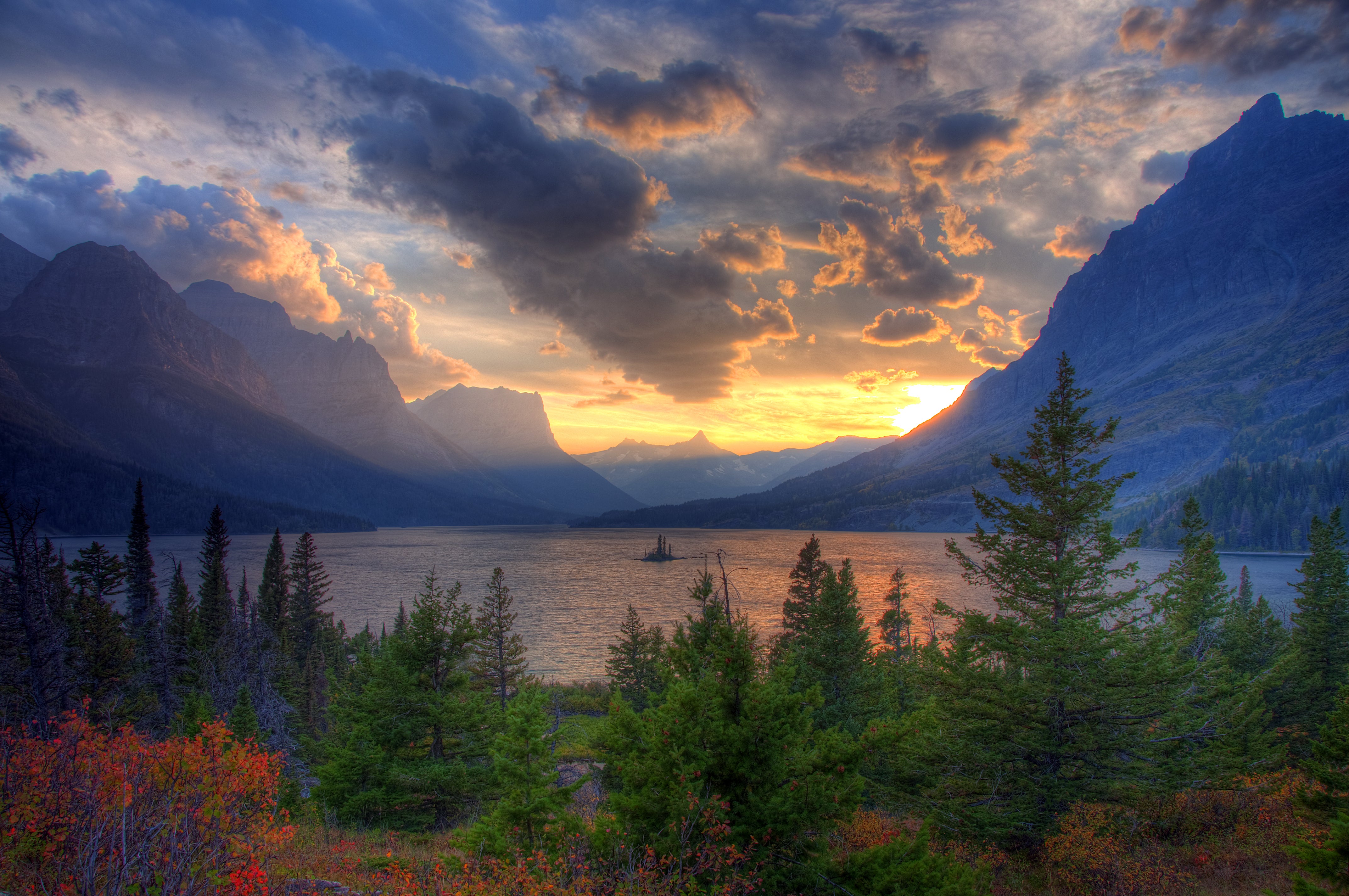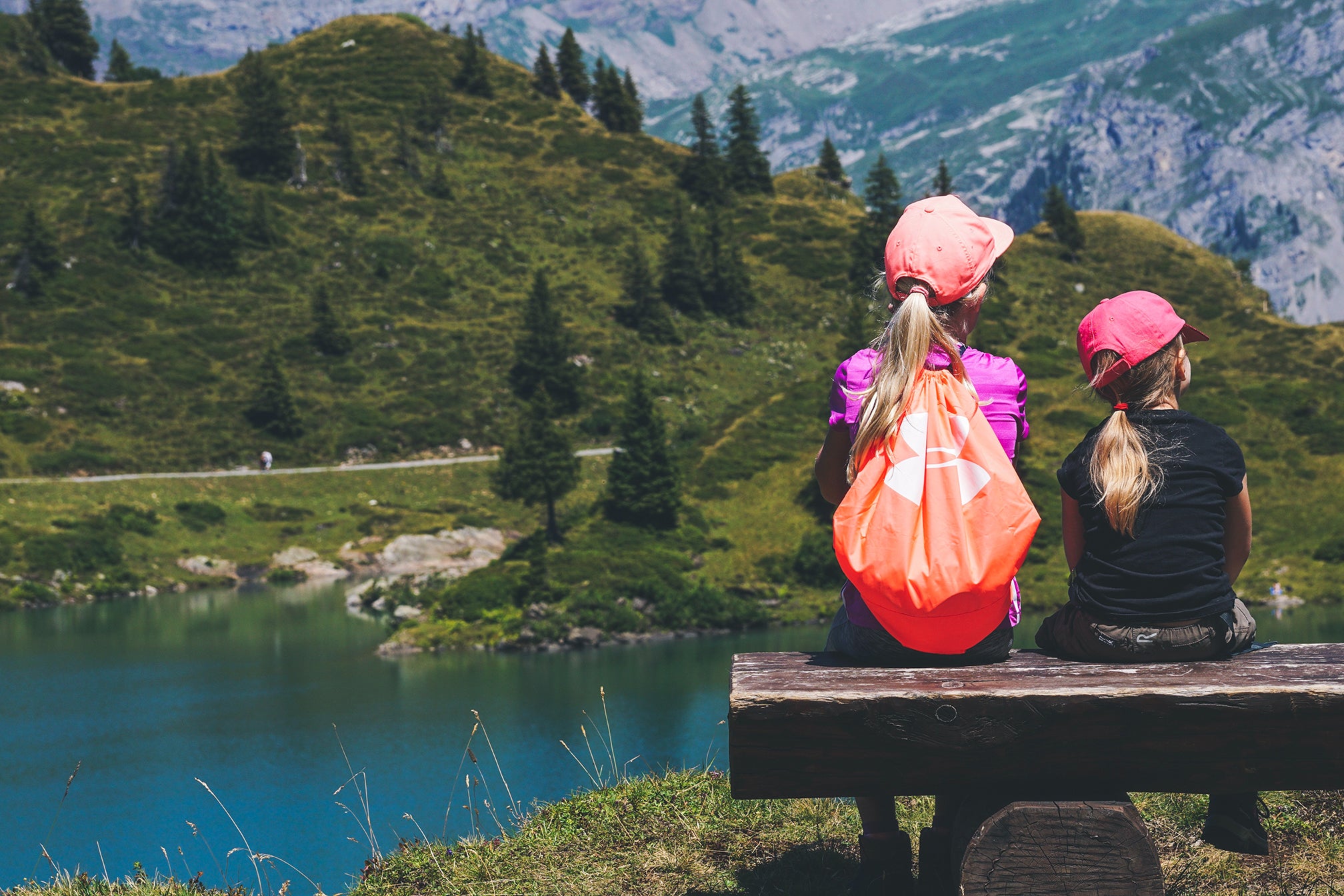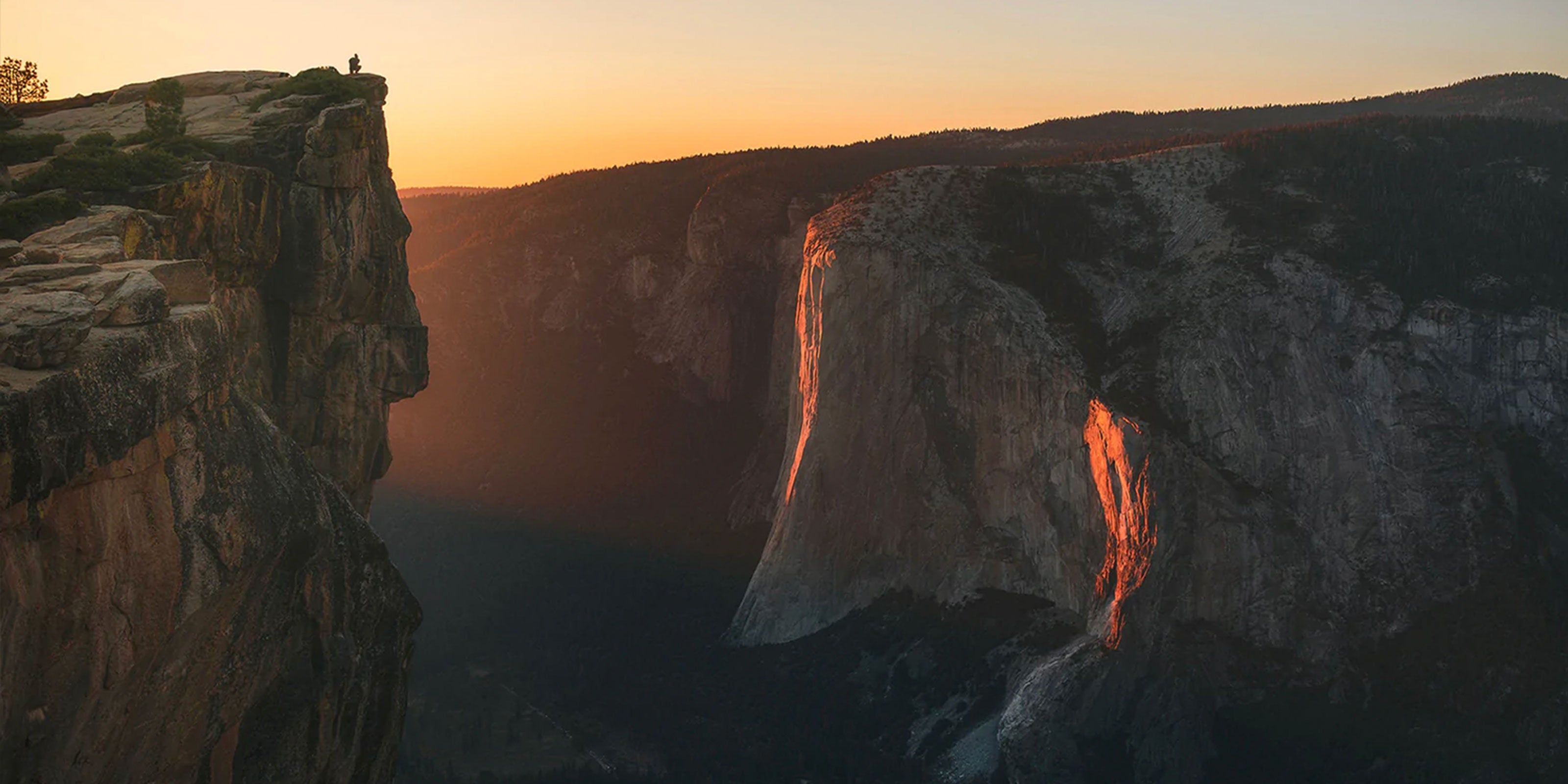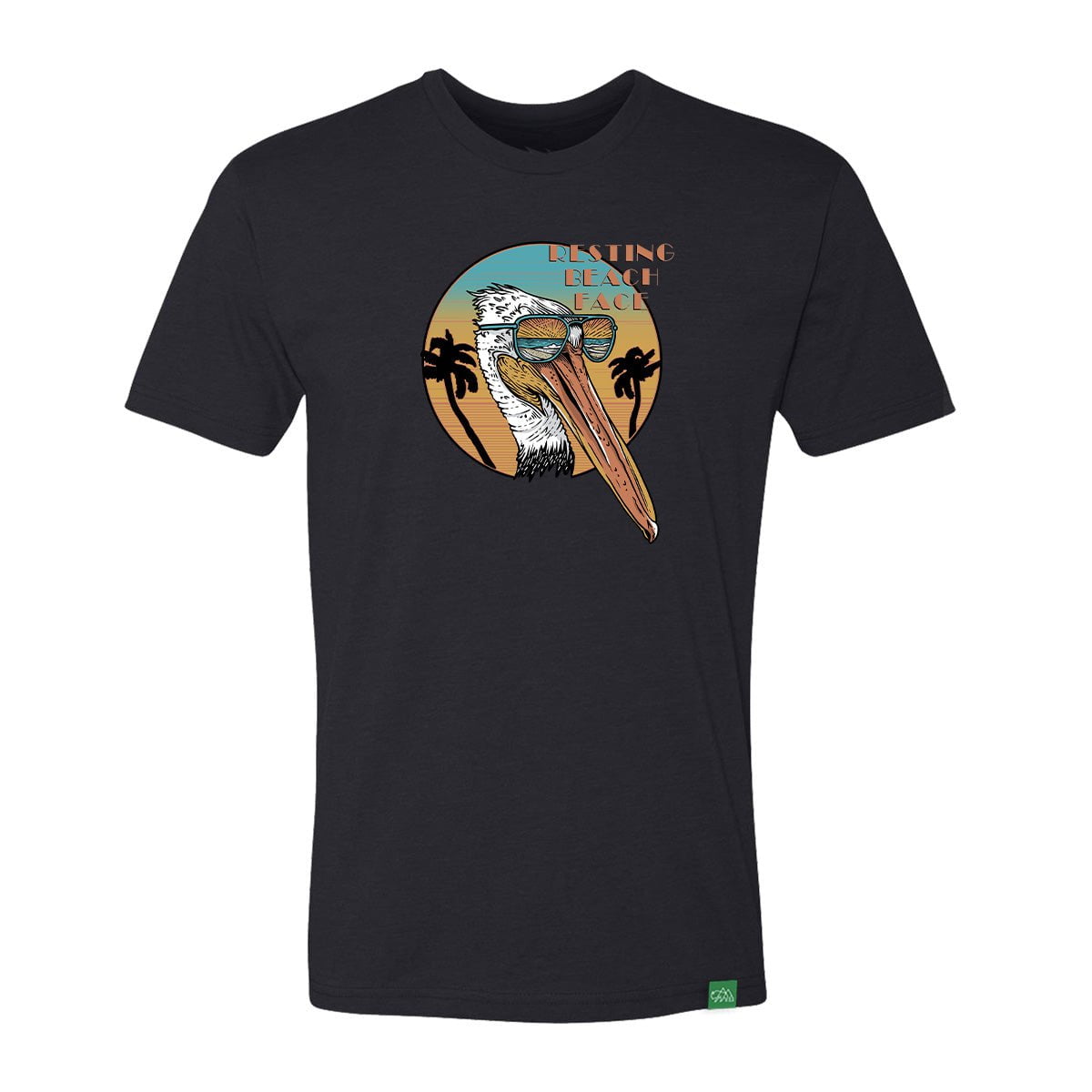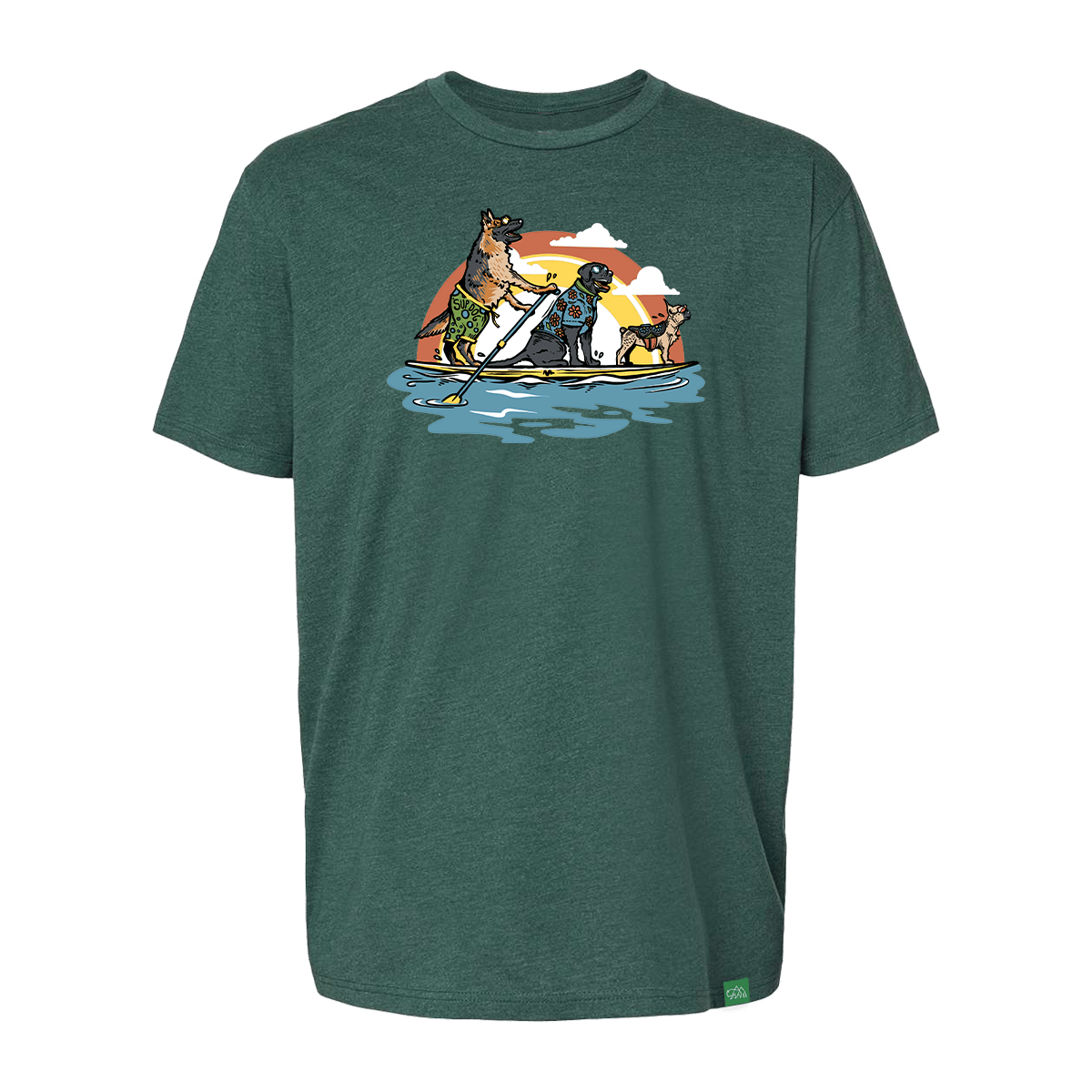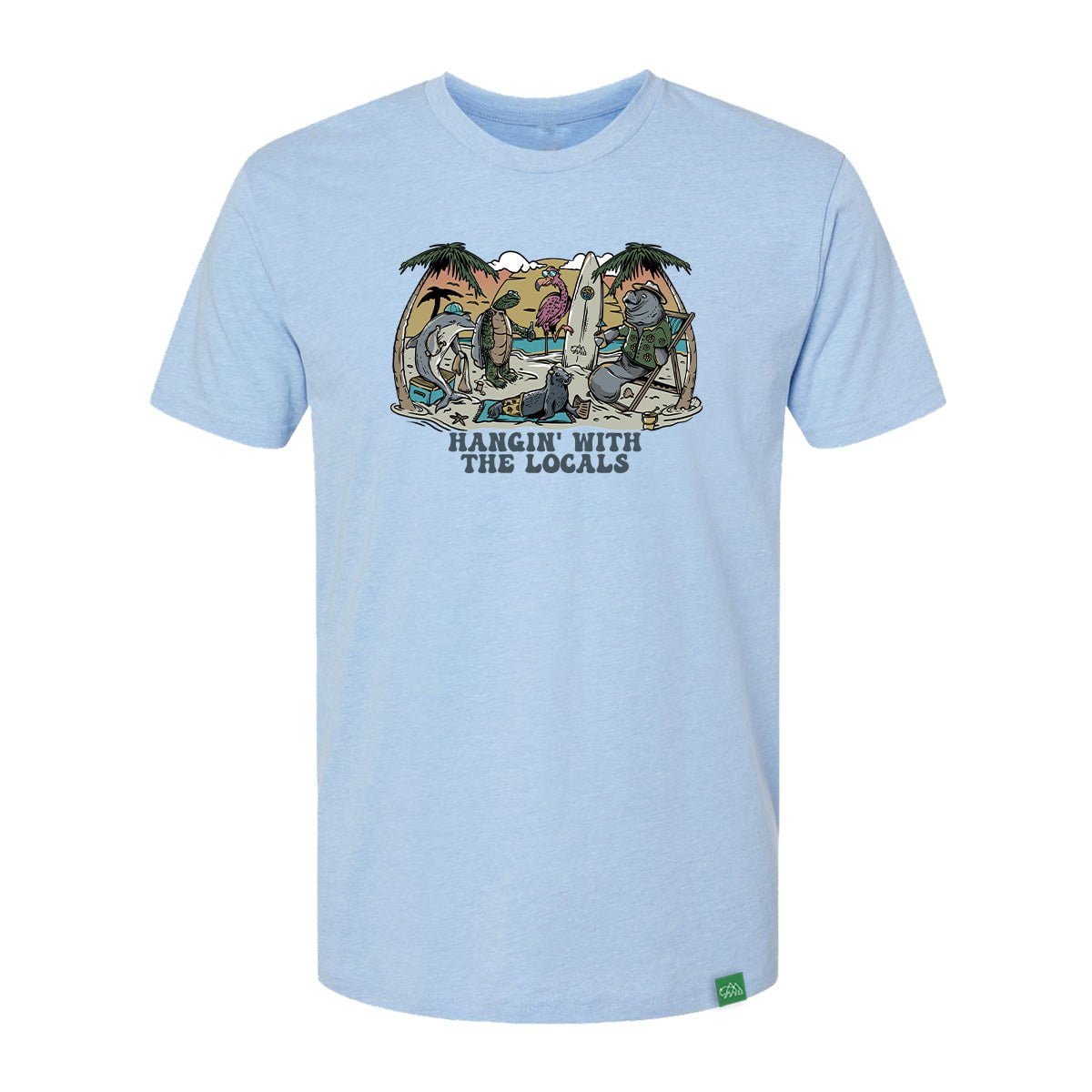Words by Ian Ramsey | Images by Brian Beard
Alaska’s Glacier Bay: A Geography of Hope
I’ve been spending time in Alaska’s Glacier Bay for the greater part of two decades, for much of that time taking high school students there to kayak deep into the backcountry. I’m intimate with this powerful landscape that includes temperate rainforest, glaciers, the biologically richest waters and the snowiest mountains in the world. Humpback whales and Orca swim the fjords while Brown Bears and moose move through the mountain ridges and forests.

Located in Southeast Alaska, west of Juneau, Glacier Bay-the ancestral land of the Tlingit people- is a dynamic landscape of constantly shifting glaciers that reach from 12,000 foot mountains down into the salty ocean. Since John Muir first traveled to Alaska's Glacier Bay park in 1879, the glaciers have retreated seventy miles to reveal a scoured landscape that is constantly reinventing itself. As Alaskan writer Kim Heacox writes about Glacier Bay in his memoir The Only Kayak, “A thousand habitats were born-are being born every day-above sea level and below, homes for whale and wolf, merganser and mountain goat, sea urchin and Sitka spruce, brown bear and bufflehead, halibut and hermit thrush. Total destruction has become a tabula rasa for total rebirth; a dark ages followed by a renaissance.” As a result, animals are still figuring out where they fit in this constantly changing land: you see moose on top of mountains, whales right next to shore. In Gustavus, the tiny town beside the bay which was covered by a weighty glacier until the mid-19th century, the land is literally rising two inches a year through a mechanism known as isostatic rebound. In the last decade, brown bears have started walking through town. Even the humans who live and travel there are reinventing themselves. It’s a wild place.

And Glacier Bay is a powerful wilderness experience. Each year, my students and I are dropped off with our kayaks and gear far up the bay, fifty-five miles from a road and in the largest contiguous designated wilderness area in North America. Surrounded by massive glaciated peaks and steep shorelines, I’ve had humpbacks and porpoise swim within arms’ length of my kayak, seen wolves and moose close up, and watched families of bears feed for hours. My students and I have paddled beside orca and icebergs, sea lions and sea otters. As we paddle even deeper into the wilderness, camping and hiking and cooking and writing about our experiences, we rarely see anyone . . . except for massive cruise ships in the distance.
Indeed, while the number of backcountry kayakers and hikers to Alaska's Glacier Bay park has shrunk over the decades, the number and size of cruise ships has increased, with companies like Holland America bringing ships with as many as 10,000 people on board. All summer, two ships a day, each the size of a small town, power up the bay to see the glaciers. And those ships, bearing a total of over a million people over the summer, are loud. Especially for the whales and other marine mammals that depend on sound for communication.

The Recovery
The silver-lining of Covid has been that virtually all boat traffic in the bay stopped in 2020. As a result, the Humpback Whales, which migrate annually to the Bay, have been less stressed and able to communicate on frequencies that scientists have never heard before. Indeed, this year is the first time in nearly a half century-since 1976- that scientists have been able to listen to Alaskan whales in a quiet ocean, and now recording technology is exponentially better, and there are more whales (in 1976, Humpback numbers were still recovering from centuries of whaling that had only been illegal for a decade).
As Dr Michelle Fournet, a Cornell whale researcher, says, “It’s the first time in human history that we’ve had the technological ability to listen to these whales in a meaningful way without us interfering . . . it’s a really, really big deal.” Without ship noise, whales can communicate more quietly and more often, which makes it easier for them to find mates. Anecdotal evidence also shows that whales have been more social and have demonstrated more restful behavior. The same has been true of Orca.
It may be that, like the locked-down cities with reduced smog that could see the Himalayas this spring for the first time in a generation, Glacier Bay’s pause in tourist activity can help scientists to get a new baseline for marine mammal health and communication. It can help us create policies that ensure the health of the whale population.

As Kim Heacox writes of Glacier Bay, “People are reborn here too. This place is that powerful. In Glacier Bay you don’t inherit, you create. You practice resurrection because the land and sea show you that anything is possible.” Perhaps, the whales and bears and orca are showing us that anything is possible, that this current challenge is just the invitation we need to imagine a different world for ourselves, for the whales and glaciers.
The Future
Perhaps when I take students to the bay this year, we’ll see fewer cruise ships and more whales. Perhaps because we’ve had to be quiet and isolated at home, we’ll appreciate being together in such a big wild place even more. Perhaps this break is giving the National Park Service the space to imagine a different, more sustainable way to manage Alaska's Glacier Bay park. Perhaps by helping the whales and imagining a different existence for them, we can imagine a different world for ourselves.
And isn’t that space for imagination one of the great gifts of wild places and public lands?
Ian Ramsey is a writer, educator and mountain athlete based in Maine who has spent twenty five years exploring wild places and guiding backcountry trips around North America, Alaska, and around the world.. He directs the Kauffmann Program for Environmental Writing and Wilderness Exploration and teaches mindfulness, brain science, adventure-based learning, and music. For more information, go to www.ianramsey.net.


